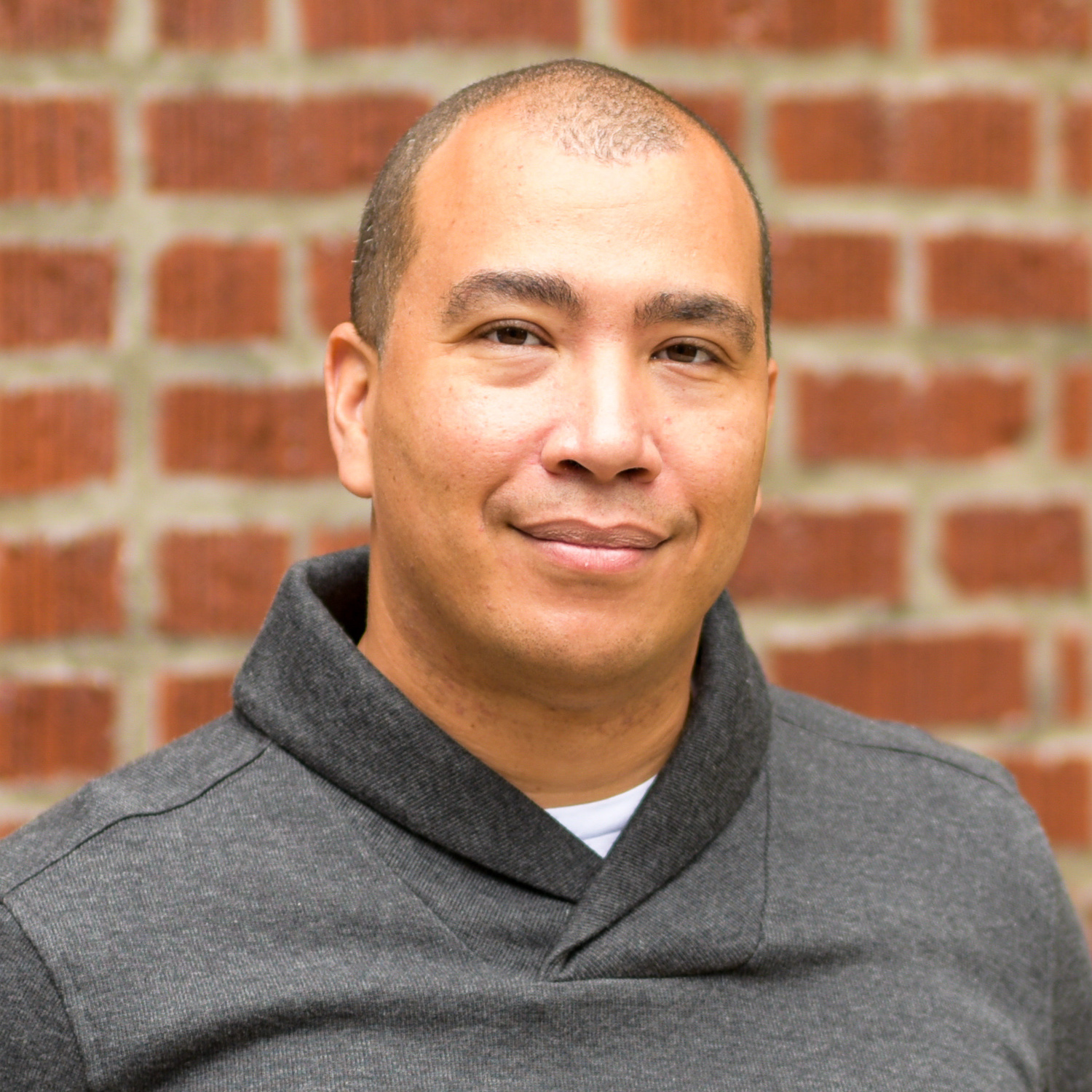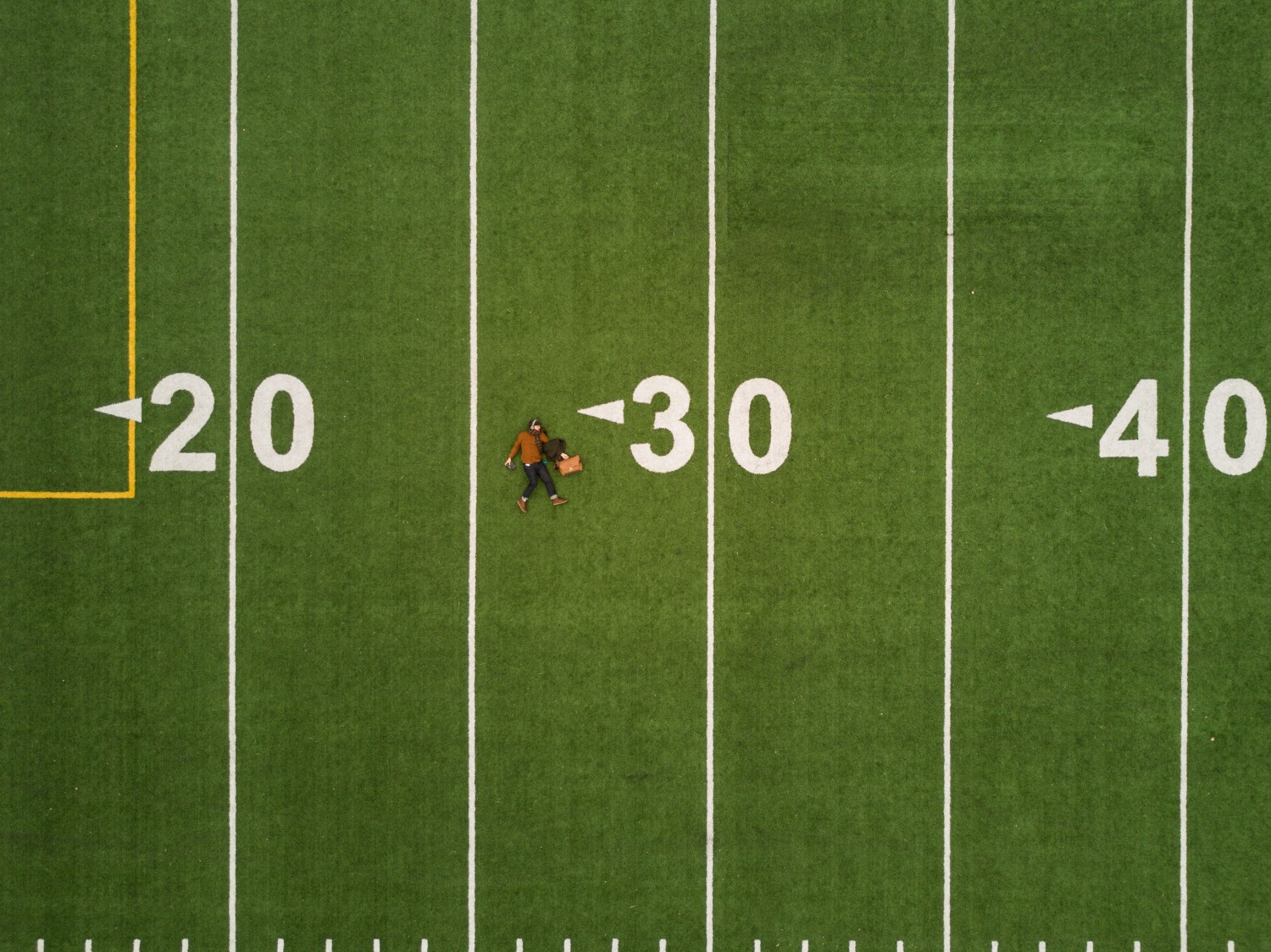Have you ever been near the end of a project and it just seems to languish indefinitely? And no matter how much you work on it, you feel as if you have just as much to do as you did before you started the last push?
If so, you’ve been in the red zone of a project. I call it the red zone because it’s similar to the phenomenon we see in (American) football where the offense gets to the last 20 yards before they would have scored a touchdown, only to lose the ball or, at best, have to go for a field goal rather than a touchdown.
In football, it’s fairly obvious why there are so many red zone turnovers. For one thing, the defense locks down and has less field to cover, so the offense has fewer options for how to push the ball forward. Then there’s the fact that offensive players do one of three things: 1) they take it for granted that they’re done and don’t give it 100%, 2) they succumb to the fatigue of having driven the ball 80 yards, or 3) they get over-excited and make mistakes because they’re thinking about it too much.
Creative projects have very similar patterns. The defense is the Resistance, your shadow stuff, or your operating assumptions about what’s going to happen if you finish the project. Whereas the demons that keep you from creating generally have plenty of avenues to keep you from shipping, they now can concentrate their powers in the same way that the defense in football can. And we’re often tired or exasperated towards the end of a project, so we fall into over-thinking or succumb to the creative fatigue that’s a natural byproduct of expending so much of the mental, emotional, and physical energy needed to carry the creative ball that far. (Ironically, decision fatigue makes it more likely that we’ll over-think things precisely because we don’t have the inner resources to make decisions in the face of uncertainty.)
This reminds me of one of my favorite quotes from the Tao Te Ching:
People, in handling affairs,
Often come close to completion and fail
If they are as careful in the end as the beginning
Then they would have no failure
Getting through the red zone is tough. While there are a few outliers who get more positively excited towards the end of a project, most of us don’t. That’s why we hold onto things and stop finishing.
5 Ways to Get Through the Creative Red Zone
But you don’t have to lose the ball in the red zone. Here are some things you can do to get your projects wrapped up when Resistance is holding those last few yards:
1. Double-down by returning to the why of the project.
When we shift to the Hows and Whens of a project, it’s easy to lose sight of why we started in the first place. If it’s a project worth doing — and it almost always is — there are people who will be better off when you get it out there in the world. You’ll either have solved a standing problem or delighted them; either case means that the world is a little better because of what you’ve been doing.
And then there’s the reality that you’ll be better off in the long run. You’ll have one more thing that matters done and you can be proud of what you’ve created. Finishing our great work is one of the greatest gifts we can give ourselves.
2. Focus on getting it to good enough.
As Voltaire said, “Perfection is the enemy of good,” for no other reason than that perfection is unattainable, which means that if that’s your goal, you’ll never be done. The key to useful prolificness is understanding that getting something to good enough is the best we can do — we need other people to make our work excellent.
3. Know that the more it matters, the more it’s only a start anyway.
The more the project matters to you or the people who benefit from it, the more it’s only a start.
Something I’ve heard Todd Sattersten say is that a book is only a conversation starter.
A beta application starts a relationship of delight and utility with its users.
A smaller, simpler workshop begins delivering experiences that you can build on later in your career.
A leadership initiative is just the start of greater things to come for your team.
We often falsely assume that the more it matters, the better the start of it should be. The reality is much humbler and accessible: the more something matters, the better it is that we start finishing sooner.
4. Understand that you’re usually working on your own mindset towards the end
We often think that we’re making the project better, yet we often have no yardstick for measuring how it’s better. An essential characteristic of the red zone is that we’re continuing to work but we’re not really getting anywhere; working on it more, then, is not going to get you any further. It’s just going to mean that you’ve logged more hours.
What you’re really working on is your own mindset. You’re telling yourself that if you put more work into it, Those People won’t be able to complain about the value of your work because you gave it everything. You’re telling yourself that the next addition is going to pull things together and complete the set. Or that this word, line of code, additional white space or flair, or piece of supporting research will make it that much better.
If this is what you truly believe, I’ve got two questions for you: 1) how’s that working for you and 2) how is your perfectionism feeding you?
5. Do your work, then step away.
I’m one of the worst people about stacking the deck in my favor and ensuring that I get the outcomes I want. The problem, of course, is that there’s only so much you can do with creative work to ensure that it’s successful. If it’s overproduced, it fails worse than if it’s incomplete but true to the spirit of the project.
As Krishna told Arjuna, “we have a right to our labor, but not to the fruits of our labor.” (Hat tip: Steven Pressfield) When you make art — broadly speaking — you give up predictability for remarkability.
Of course, you might fail, but the silver lining is that you’ll no longer be perennially stuck in the red zone. You’ll get to try something with the knowledge that the last thing didn’t work, so you can invest more of your energy into alternative options. Or perhaps returning to the heart of the matter will reveal that it wasn’t something you should’ve been doing in the first place.
Better to know that today than three weeks, months, or years from now.
Again referencing Lao Tzu: “Do your work, then step away.”
You’ll Always Have a Red Zone
The red zone never goes away if you’re really showing up. While I don’t want to give the impression that your great work has to be hard, it’s still true that if putting something out there in the world doesn’t scare you, you’re probably phoning it in. You can do better AND there’s a place for easy swings; just get real about what type of project this is for you. (Hint: if it’s “an easy swing,” that’s all the more reason not to hang onto it. Do it well, but get it done.)
For this piece, though, my work is done. It’s time to step away.
How do you work through the red zone when you know you’re in it?
This post was also recorded as an episode for the Productive Flourishing podcast (listen below!). Hear more episodes and subscribe on iTunes here.
Charlie Gilkey is an author, business advisor, and podcaster who teaches people how to start finishing what matters most. Click here to get more tools that’ll help you be a productive, flourishing co-creator of a better tomorrow.
Originally published at journal.thriveglobal.com


